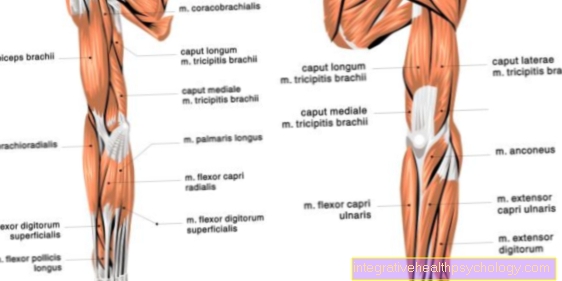Chorea huntington
Synonyms in a broader sense
- Vitus dance (vulg.)
- Huntington's disease
English: Huntington’s disease, major chorea.

Definition
Hereditary Diseaseleading to a destruction of Brain cells in certain brain regions of the unconscious holding and supporting motor skills. The disease usually occurs between ages 35-50. Year of life and is expressed in
- Movement disorders such as unintentional, lightning-fast, skidding movements of the limbs
- Grimacing
- Degradation of intellectual capacity and
- Decline in personality.
What is the life expectancy of Huntington's disease?
Compared to the normal population, life expectancy in patients with Huntington's disease is significantly reduced. How high the overall life expectancy is varies greatly from person to person. This depends on the one hand on the age of onset and on the other hand on the course of the disease. Usually the first symptoms appear between the ages of 30 and 40. Almost half of those affected die in the first 10 years of the disease. After the 15th year of illness, only 25% are still alive. In 10% of the cases, however, the disease also lasted more than 20 years. Basically, women have on average a slightly longer duration of illness than men. The earlier the disease occurs, the more severe the course. The life expectancy of patients with Huntington's disease is on average between 40 and 50 years, although with a late onset of the disease, an age of around 60 years can be reached.
Epidemiology:
The frequency of Huntington's disease is given as 5 - 10 / 100,000, inheritance is autosomal dominant. This means that children of those affected have a 50% risk of developing the disease themselves.
Symptoms:
Those affected experience muscle slackness, at the same time expansive, lightning-like skid movements of the limbs that are aggravated when there is emotional tension and rarely appear during sleep.
The reason for this is the failure of the necessary impulses to inhibit movement. The disturbed coordination of movements is further expressed in grimacing, swallowing disorders and speech difficulties. The Chorea huntington progresses; as the disease progresses, patients have difficulty walking, coordinating eye movements, and becoming unable to hold stool and urine.
It also occurs with chorea Personality changes such as tantrums and attention disorders as well as deceptions in the context of psychoses. The decline in intellectual performance leads to progressive dementia (Acquired intellectual disability, see there). Huntington's disease is fatal within 15-20 years of diagnosis, often as a result of secondary illnesses caused by the poor general condition of the patient.
What are the first signs?
The first signs of Huntington's disease are usually noticed between the ages of 30 and 40. Psychological complaints often precede the movement disorders characteristic of the disease by years. Typical psychological abnormalities are depression and decreased drive. Sometimes the beginning cognitive deficits show in the form of concentration and memory disorders. These symptoms can easily be mistaken for depression in the early stages. The fact that the illness often leads to impulsive and hurtful behavior towards other people is also stressful for relatives.
The patients can receive partially visual information, e.g. Facial expressions, no longer correctly process and thus no longer react appropriately to the emotions of others. The movement disorders are initially characterized by Hyperkinesia (Greek hyper - about, kinesis - movement). This means increased unwanted movements. The muscle tone - the state of tension in the muscles - is reduced. Patients find this lack of control over their own body to be very stressful. Occasionally, especially in the early phase Suicide attempts.
How is the disease progressing?
Huntington's disease is one chronically progressive neurodegenerative Illness. This means that it usually progresses slowly but continuously, destroys the nerves and ultimately leads to the death of the patient. In addition to psychological abnormalities, movement disorders are also characteristic of the disease. In the early stages, there are usually more unwanted movements (Hyperkinesia) on. In the course of time one develops Hypokinesia. Literally translated, this means "less exercise", what is meant is a lack of exercise, as is also typical in Parkinson's syndrome. As the disease progresses, the patient is increasingly in need of care. The progressive dementia initially leads to language impoverishment and disorientation. Food intake is usually made difficult by swallowing disorders, and patients lose weight. On average, the patients die 10-15 years after the onset of the disease. If the onset of the disease occurs late, the course of the disease is often somewhat delayed.
Is there a cure?
There is currently no cure for Huntington's disease. Since 1993 we know the cause of the disease is a defective gene Chromosome 4. Unfortunately, there is currently no way of treating the genetic defect or its consequences in any way. Therefore, you cannot stop the course of the disease at this point in time. Of course, there is intensive research into new therapeutic approaches. The genetic basis of the disease is now well known.Therefore, those affected and their relatives can only hope that the research will make an important breakthrough at some point.
Which drugs help?
Huntington's disease is caused by a gene mutation. Unfortunately, there are currently no drugs that treat this cause or cure the disease. One can try to treat the different symptoms with medication. Neuroleptics are often used against classic movement disorders. Antidepressants help with depressed moods. Ultimately, these drugs cannot stop the disease from progressing. You just try to control the symptoms a little better with the medication.
What does the end stage look like?
Usually it is the end stage 10-15 years reached after onset of illness. The patients are bedridden and need care around the clock. Because of the swallowing disorder, which develops as the disease progresses, many are very emaciated (medical: cachectic). There is also a permanent risk of life-threatening pneumonia if food is swallowed (Aspiration pneumonia) is coming. If the patient can no longer swallow, artificial nutrition must be considered. The psychological abnormalities also increase as the disease progresses. In the end, the dementia has progressed, the patients lose the ability to communicate and become disoriented.
Differential diagnoses
Similar symptoms, consisting of movement disorders and intellectual decline, can occur in the course of the Creutzfeld-Jakob disease, in later stages of the disease Syphilis and after inflammation of the Brain occur.
What causes Huntington's disease?
Huntington's disease is a genetic disease. The cause is a genetic defect. The protein (protein) which causes the disease is called huntingtin. The gene coding for it is on the short arm of Chromosome 4. The mutation of the huntingtin protein causes the death of special nerve cells in certain brain regions. This is a slowly progressing process, which is why the disease is one of the so-called. neurodegenerative diseases. Many pathological processes in connection with the disease have not yet been fully researched. However, Huntington's disease is known to be one Trinucleotide disease acts. In healthy people, a certain combination of three is repeated in the DNA up to 20 times. In patients with Huntington's disease, this combination is repeated much more often, between 60 and 250 times. As a result, the gene can no longer be read correctly and the huntingtin protein is assembled incorrectly. The more this repetition occurs, the earlier the person will experience symptoms. The more repetitions can be detected in a patient, the more difficult the disease is.
Diagnosis:
Collection of medical history and questions about the occurrence of Huntington's disease in the family. Physical examination focusing on the nervous system.
Brain activity measurement (EEG), possibly computed tomography (slice x-ray) of the head. A genetic test, since the underlying changes in the genetic material are known, can reliably diagnose and even predict Huntington's disease. Such a predictive (predictive) diagnosis is, however, only extremely rarely useful, since the disease is currently not curable and therefore there would be no therapeutic consequences.
MRI of the brain
If Huntington's disease is suspected, it makes sense to have a cross-sectional image taken of the brain. The disease is a neurodegenerative Disease in which nerve cells in certain brain regions die in the course of the process. This can also be seen on the MRI images. Tissue atrophy is particularly evident in the region that is responsible for voluntary movement. This is how the Lateral ventricle (= cavities filled with cerebral water) expanded in the imaging. This is a relatively classic finding for Huntington's disease. The final diagnostic certainty is provided by the genetic test (see section on this).
How is Huntington's disease inherited?
Huntington's disease is one autosomal dominant inherited disease. If a gene is inherited dominantly, it means that it is already defective Allele on one of the two Chromosomes leads to the characteristic expression. The term autosomal is derived from autosomes. All chromosomes that are not involved in determining sex are called autosomes. This means that the inheritance is independent of gender. So you can inherit the defective gene from both parents. Men and women are therefore equally affected. In the case of Huntington's disease, the defective gene is on Chromosome 4. Although the inheritance is independent of gender, it has been shown that the disease begins earlier and has a more dramatic course if the defective gene is inherited from the father. In the case of maternal inheritance, however, it is more likely that the onset of the disease occurs later.
Genetic test
The mutated gene, which is responsible for Huntington's disease, is exposed Chromosome 4. It was discovered in 1993. A genetic test has since been available. So if a patient is suspected of having Huntington's disease, a blood sample can be examined to see if the patient's DNA has this mutation. This would secure the diagnosis. Healthy people who have loved ones with Huntington's disease can also have their blood tested for the mutation. Huntington's disease is a hereditary disease. This often has far-reaching consequences for the life of those affected, which is why there are special guidelines for genetic testing in healthy people. E.g. no minors are tested; no genetic test may be carried out at the request of third parties (parents, partners, ...). By detecting the gene mutation in healthy people, one does not immediately have the diagnosis, but if a certain number of repetitions of a certain sequence in the DNA is reached, the person affected will most likely develop Huntington's disease in the course of the disease.
Therapy:
Treatment of the cause of Huntington's disease is currently not possible. The excessive movement disorders can be suppressed with medication. Under certain circumstances, accompanying psychotherapy or joining a self-help group can help the patient to process the knowledge about the illness.
dementia
In addition to the classic movement disorders, Huntington's disease also leads to psychological changes. These are disorders of the Affect (= Mood swings up to depression), but also cognitive limitations. These often show up in the early stages as memory disorders. The patient's intellectual abilities are only slightly impaired at the beginning; this is often not necessarily noticed by outsiders. As the disease progresses, there is an increasing loss of cognitive abilities up to dementia. Speech impoverishment occurs and patients are often completely disoriented.

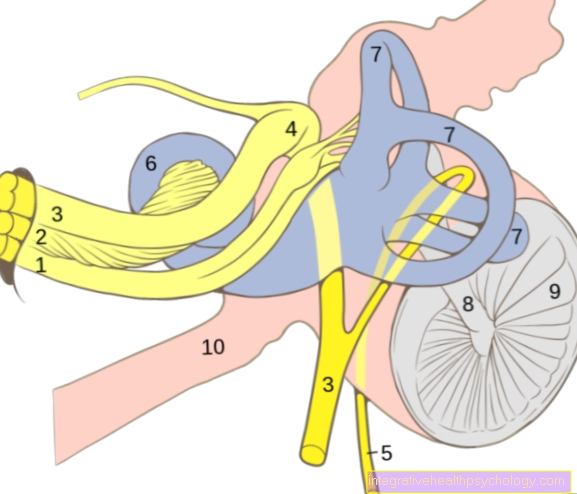
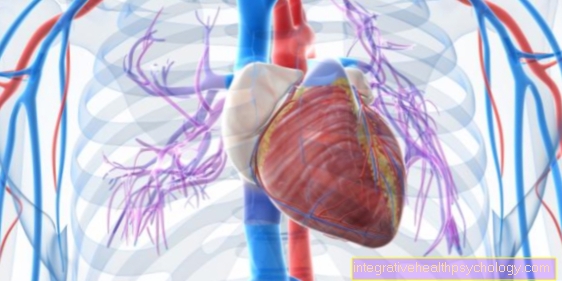

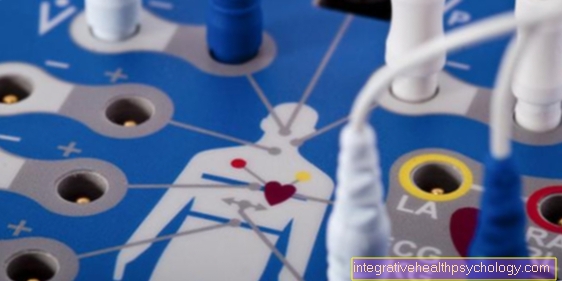
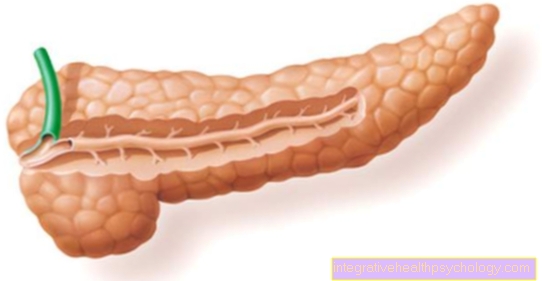




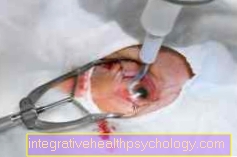
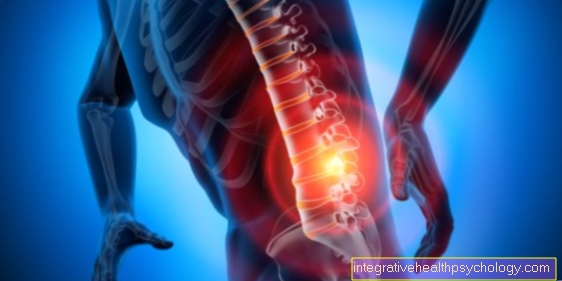
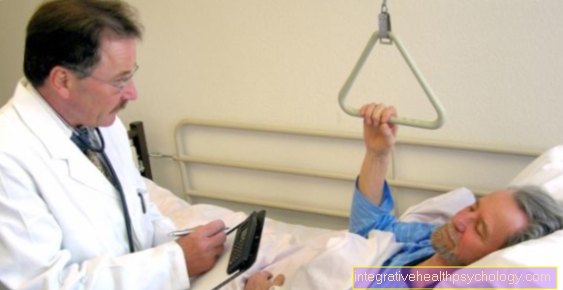



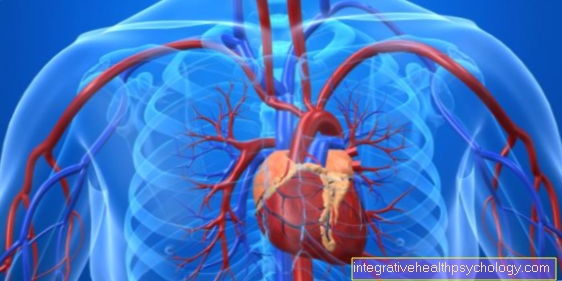
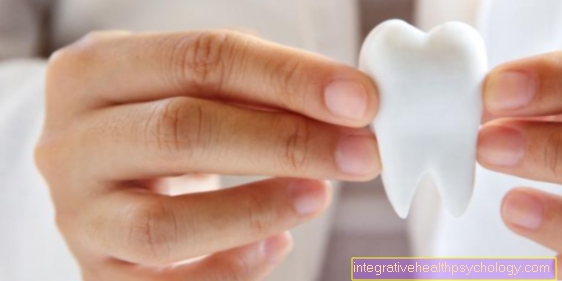
.jpg)
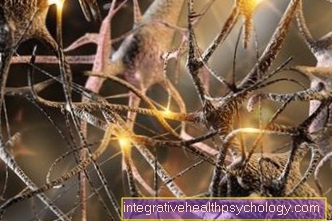




.jpg)




